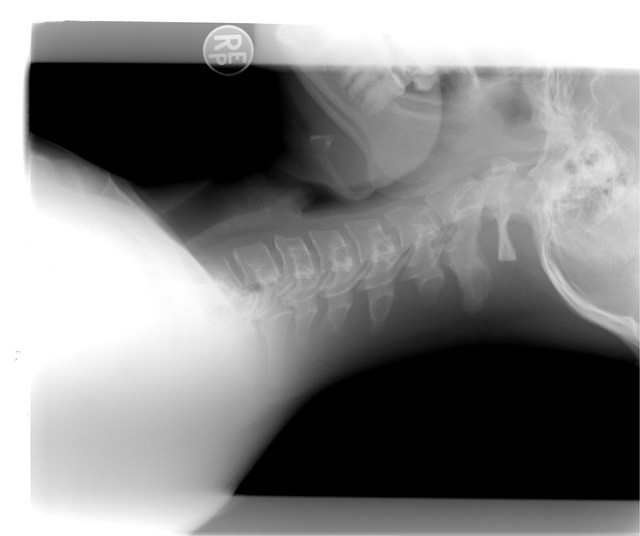In 2007, Vioreanu, et. al., conducted study about Ankle fractures which is often require surgical intervention to facilitate proper healing and regain mobility. The objective of operative treatment is to enable swift movement following internal fixation. This study sought to investigate whether early mobilization, as opposed to traditional immobilization, could enhance the recovery of functionality in patients who underwent surgery for ankle fractures.
In a meticulously conducted prospective randomized controlled trial, a total of 66 consecutive patients necessitating open reduction and internal fixation (ORIF) for ankle fractures were enrolled. These patients were allocated to one of two distinct postoperative protocols: either immobilization using a non-weightbearing below-knee cast or early mobilization using a removable cast. Ultimately, 62 patients were included in the review after four patients were excluded.
Patients who underwent early mobilization with a removable cast exhibited markedly improved functional scores, as determined by both the Olerud-Molander and AOFAS scoring systems, at the 9 and 12-week postoperative marks. Furthermore, these individuals returned to work notably earlier, with a median of 67 days, compared to those who were treated with the traditional non-weightbearing below-knee cast, where the return-to-work period averaged 95 days (p<0.05). Although Quality of Life (assessed via the SF-36 Questionnaire) showed no statistically significant difference between the two groups at the 6-month juncture, noteworthy trends emerged.
Intriguingly, the study revealed a distinct trend of postoperative infections, approximately 10% in magnitude, within the early mobilization group. Among these infections, one was superficial while two were categorized as deep infections. This phenomenon warrants careful consideration, especially considering the potential impact on wound complications. Despite the clear short-term advantages of early mobilization, the researchers observed that the early mobilization group had three instances of wound complications. This indicates the importance of balancing benefits against risks.
The findings of this study underscore the potential benefits of early mobilization for patients recovering from ankle fractures following surgical intervention. The improved functional scores and quicker return to work witnessed in the early mobilization group are indicative of its efficacy. However, the study also sheds light on the heightened risk of wound complications associated with this approach, as evidenced by the postoperative infection trends. As a result, the study recommends a personalized approach to the accelerated rehabilitation protocol, taking into account the surgeon’s and patient’s consideration of both benefits and risks. This holistic perspective ensures that while reaping the benefits of enhanced recovery, patients’ safety and overall outcomes remain paramount.
Reference: Vioreanu, M., Dudeney, S., Hurson, B., Kelly, E., O’Rourke, K., & Quinlan, W. (2007). Early mobilization in a removable cast compared with immobilization in a cast after operative treatment of ankle fractures: a prospective randomized study. Foot & ankle international, 28(1), 13-19.


